|
Advertisement
|
Luddit

DescriptionName: Luddit. Mix of "Ludit" (Latin: "He plays") and "Luddite" (-"against the machines"- cause the ultimate purpose of this game -project- is to be impossible to solve by computers; i really hope some of you would want to join forces with me in this holy crusade ). Characteristics: the leading objective was (is) to make a game which could be as difficult as possible to solve for the computers (maybe...impossible?). By the moment, contrarily to my interest, the rules are by far not simple, ...im trying to improve that. I tried to achieve complexity by giving to the game a very chaotical and recursive nature. The board is defined in order to try to let an action to have infinite repercussion in the unfolding of the game. Its notable that, strictly speaking, the board doesnt have borders (as may be seen in the rules), so there is no "preferential positions". Its interesting to note that the definition of "loop" does lead to literally infinite possibilities of combination in some cases (its definition is precisely the feature that has leadme to think that this game can be much more than just "dificult" for the computer...). And its interesting to note that wining implies to reduce this possibilities to one, that is, to reduce the number of possibilities, which is the thermodynamic definition of negative entropy. So you have to play with chaos to bring order. Equipment: Rules: 1 - Game is played on the intersections. Adjacency is defined as orthogonal and diagonal (i.e. every intersection point has 8 adjacent points). 2 - There can’t be more than 18 total stones on the board at any time. 3 - We will call "piece" to every single stone or loop. A piece is of the color of a player if every stone that composes it is of the color of that player. A piece is "at range" of another if they shares at least one of their adjacent intersections. 4 - We will call "loop" to every group of pieces (regardless of color) where every piece is at range of at least another two pieces of the group (nothing prevents loops for sharing pieces). Its implied by the rule, but to clarify: If a piece A is composed by all the stones that composes a piece B, and viceversa, then A and B are the same piece, and B cant be considered has "another" piece for A, and viceversa. 5 - We will say that a piece is "conditioned" to a player if its of the player color or if any group of pieces (regardless of color) that are at range of that piece conforms a loop. 6 - A player makes a "move" by either: 7 - At the start of the game the board is empty. Each player is assigned a color. Black plays first. Then both players play alternately. In his turn, a player can do one or two moves, if he has no legal move to perform the game ends, and he loses. Game DiscussionsAdd CommentYou need to be logged in to comment. Insert Bullet List Please enter at least one item. Item: Item: Item: Item: Item: Insert Numeric List Please enter at least one item. Item: Item: Item: Item: Item: Insert Link Please enter the link of the website Optionally you can add display text Insert Email Please enter the email address Optionally add any display text Insert Image Please enter the link of the image Insert YouTube Video Please enter the link of the video MarketplaceNo listings at the moment. Do you own this game? Click here to list it for sale.
|
Best Sellers
Board Games
|
||||
Latest Searches: sword art onlinea0 | game of thrones board game | canasta hand foot | chocolate | Nerf rival khaod | world of flames | Unfathomable | on-off+rook | king domino | Transformers rescue bot hovercraft | Lightsaber dc | Star Trek chess | harry potter monopoly uk | At Charles monopoly | The Modesto millennium game | Wizards of Waverly place | Dumb criminals | Monopoly gamer pack | Nerf Zombie Strike SlingFire Blaster | Union+parish+opoly+gameboard | star trek monopoly | monopoly survivor edition | slug | the big bang theory monopoly | honky | petoskey opoly | big box 5 | shoots and ladders marvel | TEMPTATION | daily
All Rights Reserved


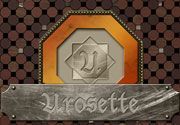
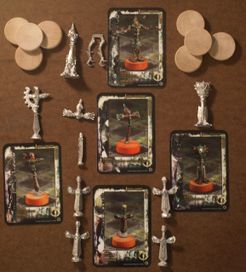


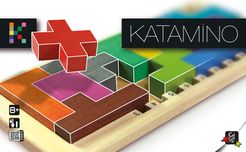

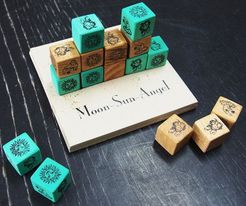
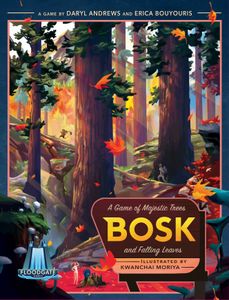

Comments (0)